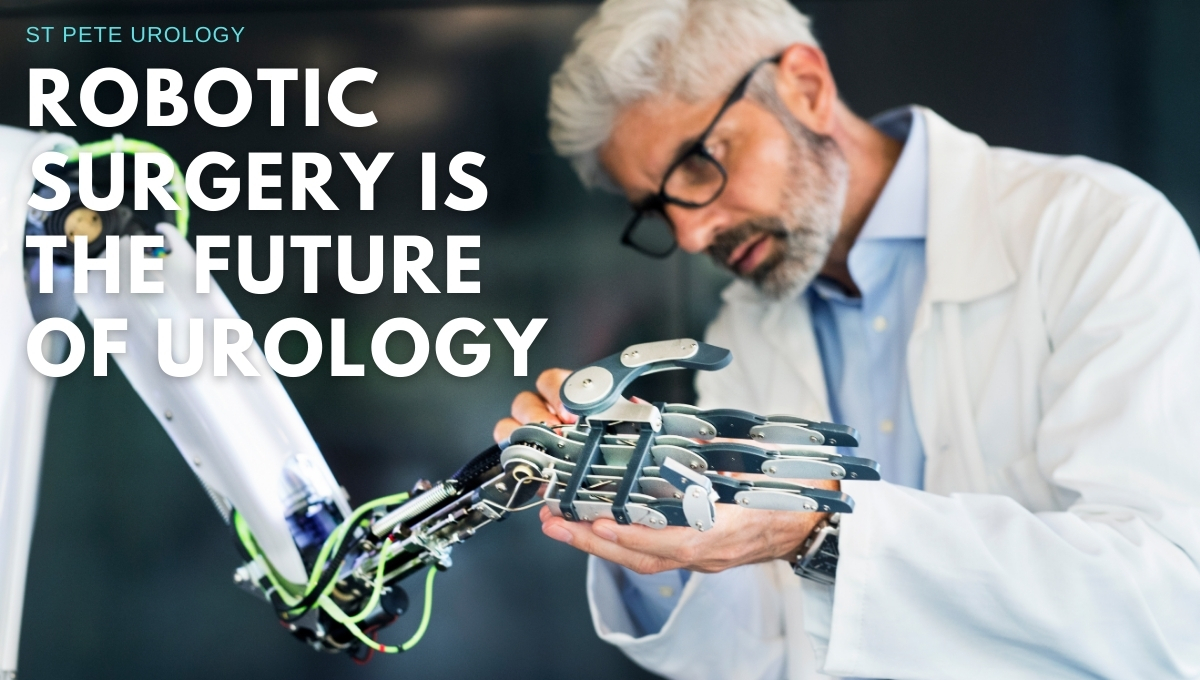

The color of your pee can give you a hint of what is going on in your body—and whether you are well or unwell.
Urine is made in your kidneys as your blood is filtered. The kidneys make pee to help remove toxins and other harmful substances from your blood. So your pee is not just made of water and salt but also contains wastes such as uric acid and urea, and other substances found in your blood.
What is the color of pee?
The normal color of pee is yellow because of the yellow pigment, urochrome, made in your body.
When you are healthy and adequately hydrated, you should expect to produce light yellow and close-to-clear pee.
However, lots of things can change the color of your pee.
For instance, your urine will have no color if you’re drinking a lot of water or taking diuretics drugs that enhance fluid loss.
But when dehydrated, your pee becomes amber, dark yellow to light brown.
The color of your pee also changes with the type of foods, medications, or illness.
What color of pee is bad?
- Clear
Clear urine typically indicates you’re drinking too much fluid, and you need to cut back on your water intake. Although staying hydrated is a good thing, drinking too much water can rob your body of electrolytes.
Besides, consistently clear pee may indicate that you have a liver problem, like viral hepatitis or liver cirrhosis.
If your pee is clear for a while and you’re not consuming large amounts of water, then you should see your doctor.
- Dark brown
Dark brown pee color may be due to medications, such chloroquine (Aralen) and metronidazole (Flagyl), or extreme exercise that causes muscle injury.
It may also be due to eating large quantities of aloe, rhubarb, or fava beans.
Most often, brown pee indicates you should drink more water, showing that you are dehydrated.
In some cases, brown pee results from diseases. One of them is porphyria—a rare disorder that usually involves sensitivity to light and leads to brown urine because of the breakdown of red cells.
Pee can also be brown when you have a buildup of bile, liver disease, or a tumor.
You should see a urologist if your pee is brown and doesn’t get better after a day or so.
- Cloudy
Cloudy, foamy, or frothy pee is bad and requires immediate medical help.
When urine has bubbles or foam, you may be consuming too much protein in your diet, but a persistently cloudy pee indicates a more serious condition, such as kidney disease, diverticulitis, Crohn’s disease, or other chronic condition.
Make sure to let your doctor know about it as soon as possible.
- White
Pee that is cloudy white could mean you have kidney stones or a severe infection.
The white color is probably due to the presence of pus in your urine.
Make sure to see your urologist immediately for appropriate medication.
- Pink or red
Your pee may be pink or red due to foods like blackberries, beets, rhubarb, and carrots. But red or pink color of pee may also be caused by medications like the antibiotic rifampin or phenazopyridine for urinary tract infections (UTIs).
In the worst case, pink or red pee is due to blood in urine caused by urinary tract infections, an enlarged prostate, kidney disease, a tumor, kidney stones, or cysts.
If the color change occurs together with burning pain, odd smell, or any other unusual symptoms, then it certainly means you have an underlying health problem.
So if you have red pee and have recently not eaten the foods above, then you should visit your doctor immediately for help.
- Orange
Pee that has the color of citrus-flavored soft drink may be due to medications such as high-dose vitamin B12, the antibiotic isoniazid, or the UTI drug phenazopyridine. But it can also mean you’re dehydrated or you have a problem with your bile duct or liver.
If you have orange urine in addition to light-colored stools, then bile might be reaching your bloodstream due to problems in your bile ducts or liver.
It could be a result of adult-onset jaundice.
Make sure to speak with your doctor about it.
- Blue
Blue urine is usually due to brightly colored food dyes and medications such as amitriptyline and indomethacin.
If you are not taking dyed food or these types of medications, the blue tinge may be due to bacterial infection by Pseudomonas aeruginosa or the rare condition hypercalcemia—too much calcium in your bones.
Generally, blue pee is rare and is almost often related to diet.
- Green
Your pee may be green due to vegetables in your diet.
However, green pee is usually bad as it is associated with Proteus infection.
If your pee is green, you should see your doctor, establish the source, and prescribe a course of antibiotics to clear up the urinary tract infection.
When should you see your doctor?
Speak with your doctor every time you see a change in your urine color that you can’t link to a new medication or a recent meal, particularly if the color change lasts more than a day.
Don’t hesitate to inform your doctor about it as it could signify a serious health condition.
A change in color of your pee that comes with a fever, vomiting, side or back pain, feeling very thirsty, or discharge requires urgent attention. Your doctor will run tests on your urine to determine what is going on and provide proper treatment.


















